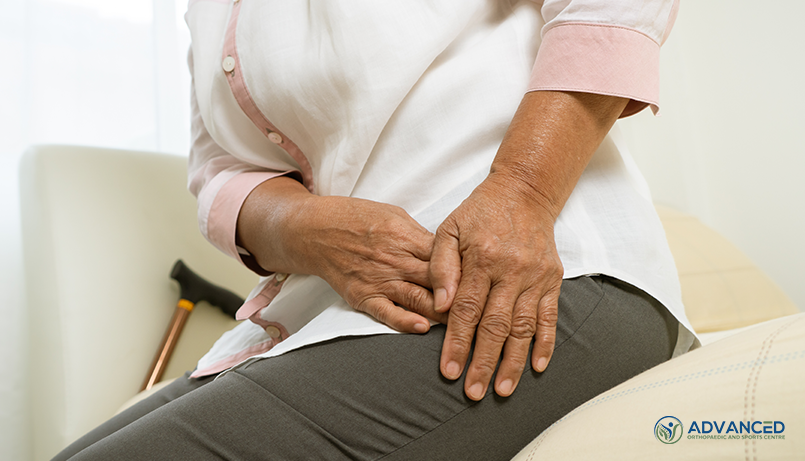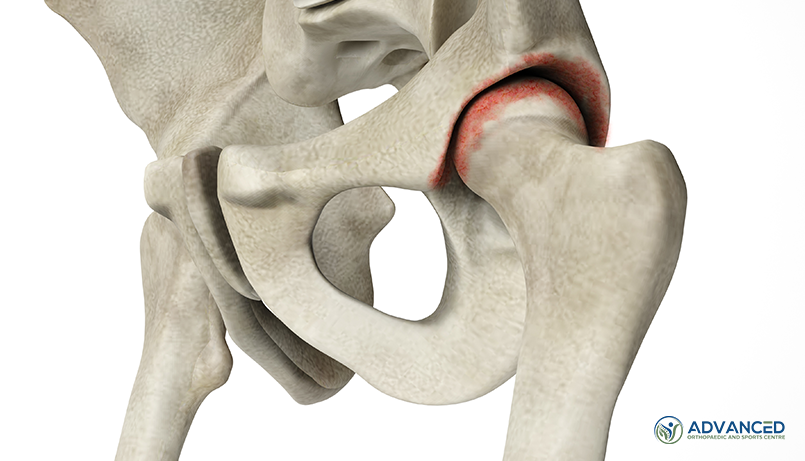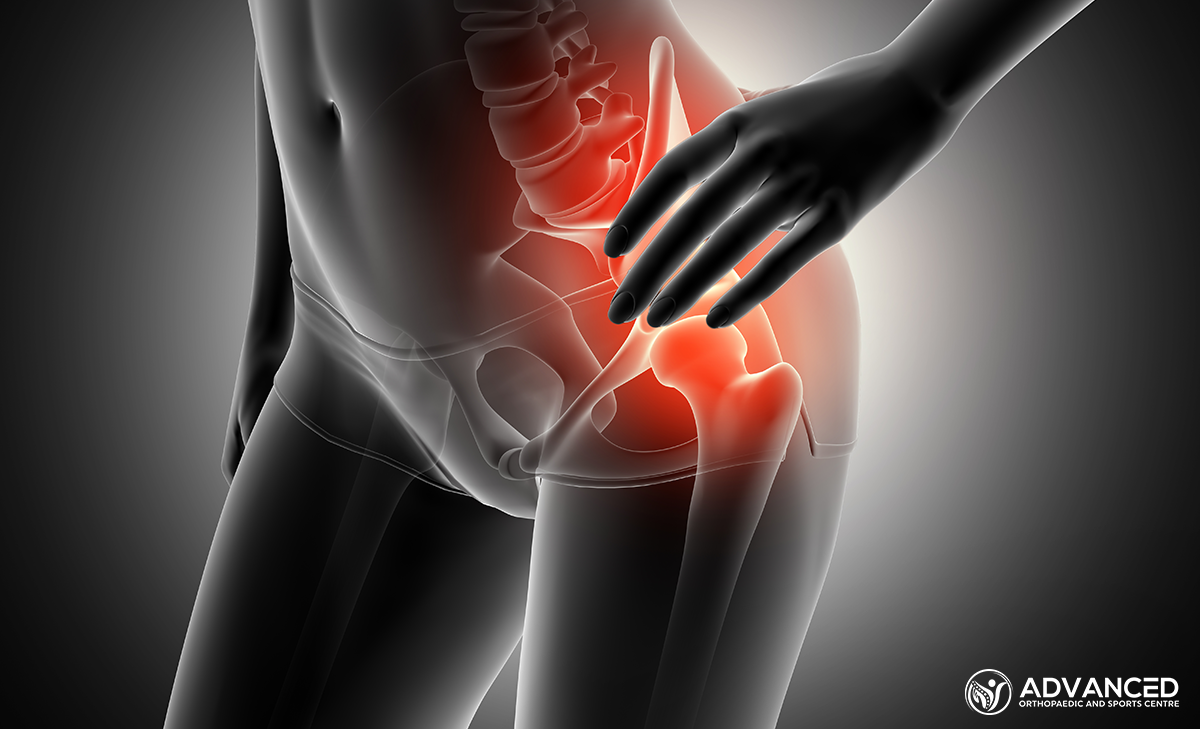Developmental hip dysplasia is a relatively common condition that is most often present at birth, with approximately one in every 600 girls and one in every 3000 boys affected.
Doctors will usually check babies for the condition until they are at least a year old but if there is no hip instability in infancy, developmental hip dysplasia may go unnoticed and undiagnosed. Symptoms may not appear until patients get older.
If you suspect you are suffering from hip dysplasia but are unsure of the next steps to take, this guide will help to clarify any doubts you may have regarding the causes, symptoms and treatments available in Singapore.
Read on to find out more.
What causes hip dysplasia?
The hip is the biggest ball-and-socket joint in our body where the ball at the upper end of the thigh bone, also known as the femur, fits firmly into the socket, known as the acetabulum. In hip dysplasia, the socket is shallow, and the pressure of the ball on the socket is high during normal weight bearing or impact activities, predisposing to hip cartilage or labral injuries. In addition, the ball may become loose in the socket and sublux or dislocate. Over time, degenerative changes occur and hip arthritis develops, which can greatly disrupt your quality of life.
Although the exact cause of hip dysplasia is unknown, individuals tend to be at a higher risk if the condition runs in the family, they are of female sex or were born in a breech position.

What are the symptoms of hip dysplasia?
Hip dysplasia may be painless until there is cartilage or labral damage. The hip pain that arises is usually felt in the groin or in the front and side of the hip and may worsen at night or when you participate in physical activities. You may also experience a locking, catching or popping sensation within the groin.
Other symptoms to look out for include limping when walking, unequal leg lengths, and less mobility or flexibility on one side.
What are the treatments available in Singapore for hip dysplasia?
The main aim of hip dysplasia treatment in adolescent and adult patients is to delay or prevent the onset of osteoarthritis, a condition where there is permanent damage to the cartilage of the hip joint.
An orthopaedic surgeon will usually recommend conservative measures as the first line of treatment. These include:
- Making lifestyle changes – you may be asked to avoid doing activities that cause pain or discomfort and to lose weight if you are overweight so that the pressure on your hip joint will be reduced.
- Going through physical therapy – specific exercises can help to improve your range of motion in the hip and strengthen the supporting muscles to relieve stress in the hip joint.
- Taking medications – oral anti-inflammatory medications or steroid injections may help to relieve pain and reduce swelling in the inflamed joint.
However, in more serious hip dysplasia cases, where there is severe pain, or evidence of labral or cartilage damage in the hip joint, your orthopaedic surgeon may suggest surgery to improve your quality of life and prevent further damage to your hip joint.
Where possible, your surgeon will choose a hip preservation procedure, since preserving your natural hip joint will always give you better mobility and a higher activity level than a replaced hip joint.
These include:
- Arthroscopy – a keyhole procedure which is minimally invasive to help repair labral tears and cartilage damage. These procedures can even be done as day surgery, since patients have minimal pain, and recovery is easier and quicker.
- Osteotomy – this involves bone cuts around the acetabulum, which is then repositioned within the pelvis and the position is secured with screws. This improves the coverage of the socket over the ball of the hip, and is a definitive treatment for hip dysplasia.
In cases of severe hip dysplasia with advanced degenerative changes, or in older patients, your surgeon may recommend hip replacement surgery as a last resort. This involves replacing the surfaces of the hip joint with an artificial implant which allows smooth gliding of the ball within the socket.

It is advisable to consult an orthopaedic surgeon in Singapore as soon as symptoms appear to prevent your condition from worsening. Hip dysplasia in the early stages can be treated with non-surgical methods which will allow you to get back to doing what you love quicker.
Reach out to us today if you suspect you are suffering from hip dysplasia and see what we can do for you.

